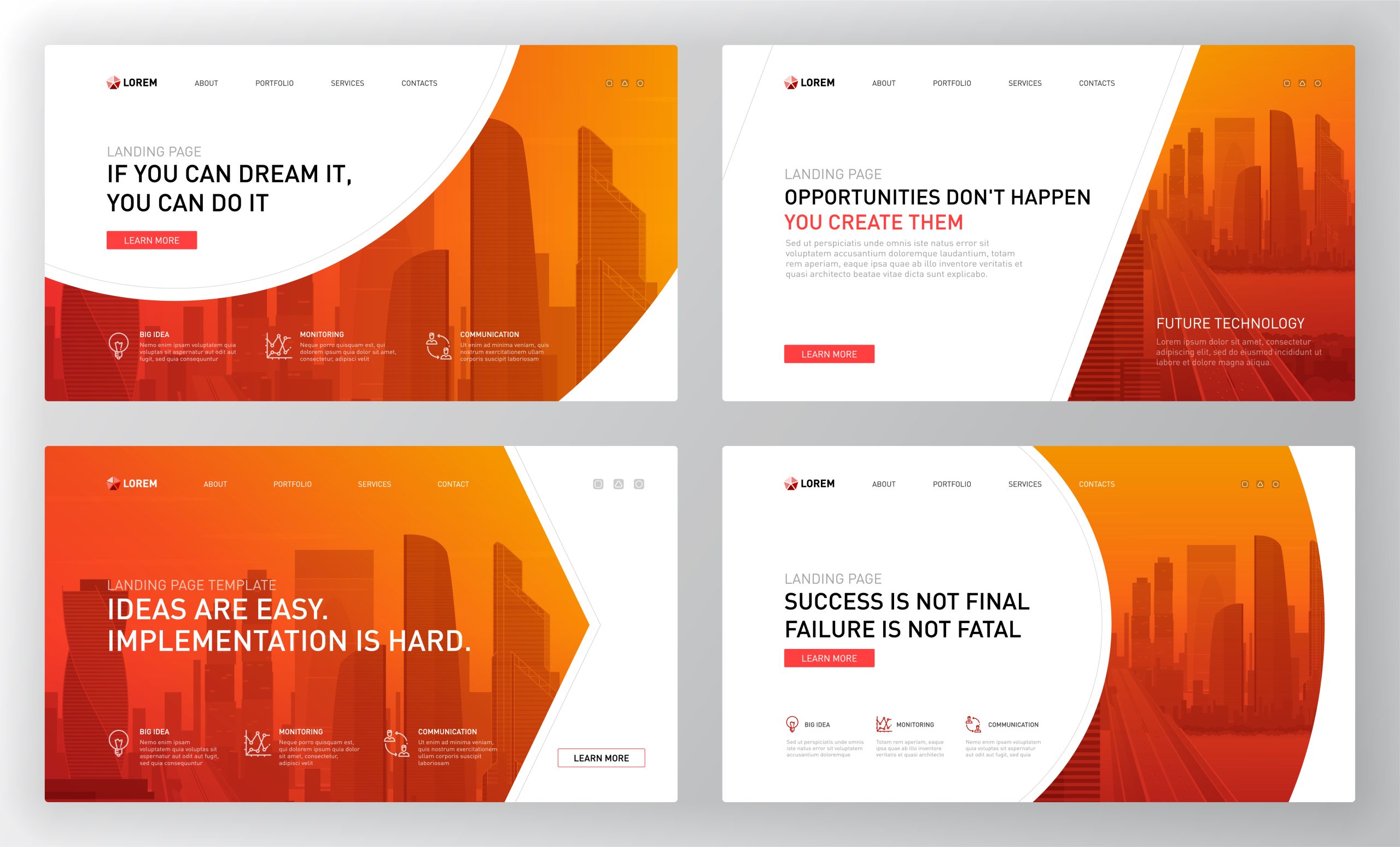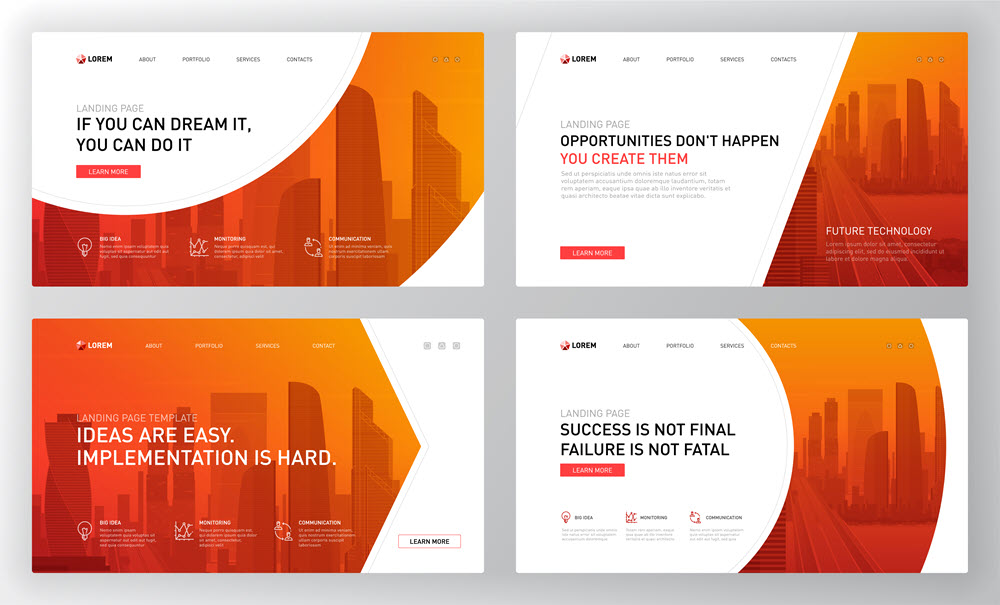
Creating An Affiliate Website Using WordPress – Series: Part 3 of 3
Building an affiliate website with WordPress is an exciting journey, offering many opportunities to grow your audience and income stream. Whether you’re planning to promote a wide range of products or build a focused niche blog, WordPress gives you the flexibility to do both. A strong affiliate site doesn’t just happen overnight. It requires thoughtful planning and the right tools.
In this guide, you’ll learn step-by-step how to set up, design, and optimize your core website pages. The goal is to create a space that grabs attention, keeps visitors engaged, and encourages them to click on your affiliate links. If your site mapping, content, and design are on point, you’re setting yourself up for long-term results.
Creating and Editing Pages: Building Your Core Content
Effective affiliate sites usually follow a basic structural format. By focusing on these key pages first, you’ll build a user-friendly experience that encourages better engagement and trust.
- Setting Up Key Pages
- Home Page: This is your site’s front door. It should quickly tell visitors what your site is about. Highlight your main content categories or top affiliate products, but keep things simple and easy on the eyes.
- About Page: Let visitors know who you are and why your content is trustworthy. A short story about your goals, background, or experience helps humanize your brand.
- Blog Page: The blog allows you to post fresh content regularly, target keywords, and build authority. It also helps establish your voice and provides a place to funnel readers toward relevant affiliate links.
- Contact Page: Make it easy for visitors and potential partners to get in touch. A simple form, email address, or social platform links works great.


- Customizing Page Layouts and Design
Once your basic pages are created, layout and style are next. Start by picking a theme that suits the feel of your site. If you’re writing about fitness gear, a clean and bold layout might work well. If you’re in tech reviews, something more modern and minimalist may suit you better.
You don’t need to reinvent the wheel. Choose a theme that’s responsive, fast, and allows for decent customization. Then tweak things like your site colors, headings, and spacing so they all feel cohesive. Consistency across pages helps shape brand identity.
Focus also on making sure your menus are easy to navigate. Break your content into categories or tags, and keep calls-to-action clear. Try to reduce confusion so your visitors find what they need fast, and are more likely to stay on the site.
- Adding High-Quality Content That Drives Engagement
Don’t just slap text on a page. Think about what your audience wants. Use a mix of written content, images, and sometimes video. Product roundups, tutorials, and honest reviews do well. If you can include personal stories or case studies that relate to your niche, even better.
Watch for basic writing mistakes and speak like you would in real life. Keep your paragraphs short and use headings to guide the eye. Good content builds trust and keeps people clicking.
SEO Tools: Optimizing Your Site for Search Engines
SEO isn’t just about keywords. It’s about making your site easy to understand for both people and search engines. Here’s how to get your optimization started.
- Installing and Configuring SEO Plugins
Start with a beginner-friendly plugin like Yoast SEO or All in One SEO. These walk you through setting up metadata, sitemap creation, and more. Once installed, customize the settings to match your site style and topic focus.

- Conducting Keyword Research
Before writing, look into keywords people are actually searching for. Tools like Google Keyword Planner can help. Aim for topics that are relevant to your niche but aren’t overloaded with competition. Long-tail keywords are often easier to rank for and pull in more targeted traffic.
- Optimizing Titles, Headings, and Meta Descriptions
Your page title is the first thing people see in search results. Make it clickable. Use your primary keyword early on, and give the user a reason to visit your page over someone else’s.
Headings on the page should also include keywords where it makes sense. Keep sentences simple and natural. Your meta descriptions should explain what the visitor will get out of the page quickly and clearly. Aim for around 150 characters.
- Analyzing and Improving Site Performance
Use tools like Google Analytics and Google Search Console to track your traffic and spot areas that need improvement. Metrics like bounce rate and time on site can tell you how people are experiencing your content. If a page isn’t performing well, look at the layout, headline, and how visible your affiliate links are.
Staying Updated and Continuous Improvement
Websites are never really finished. They’re always evolving as you learn what works and what doesn’t. Keeping things up to date helps with user experience and search rankings.
- Regular Content Updates
Visit old blog posts occasionally and add fresh info. Maybe there’s a newer version of a product, or maybe your opinion has shifted over time. Updating posts tells search engines your site is active and provides more value to readers.
- Monitoring and Using Analytical Tools
Analytics aren’t just numbers. They help you understand how people behave on your site. Use them to test new headlines, layouts, or even different types of content formats to see what brings better results.
- Keeping Plugins and Themes Up-to-Date
Outdated plugins or themes can hurt your site’s speed or lead to bugs. Even worse, they can open up security risks. Most updates are simple and can be done from the WordPress dashboard. Set a weekly habit to check for updates.
Taking Your Affiliate Site to the Next Level
Your foundation is strong, your SEO is tight, and now it’s time to expand. This is where scaling and brand-building come into play.
- Encouraging User Engagement and Interactions
Give your visitors reasons to stick around. Ask for feedback in the comments. Add polls or interactive tools if it fits your niche. Engaged visitors are more likely to click, share your posts, and become repeat readers.
- Building a Community and Leveraging Social Media
Being active on platforms like Facebook, Instagram, or X helps draw a wider audience to your site. Focus on the platforms that make sense for your topic. Share blog posts, behind-the-scenes looks, or product demos there. Make it easy for followers to find your website and interact.

- Exploring Advanced Strategies and Tools
Once the basics are solid, it might be time to look at more advanced tools. Email marketing platforms, for example, help you build a subscriber list you can reach out to regularly with fresh content or product ideas. You can also form partnerships with others in your niche to exchange guest posts or content shout outs that expand your reach.
Taking time to explore new angles can open up big opportunities. Just keep testing and adjusting based on what your analytics tell you is working. Stay humble, stay flexible, and keep improving.
Boost your affiliate marketing success by choosing the best tools for your needs. Explore our affiliate marketing tracking software to efficiently manage and optimize your programs. With over 20 years of experience, iDevAffiliate can support you in taking your marketing strategies to new heights.




